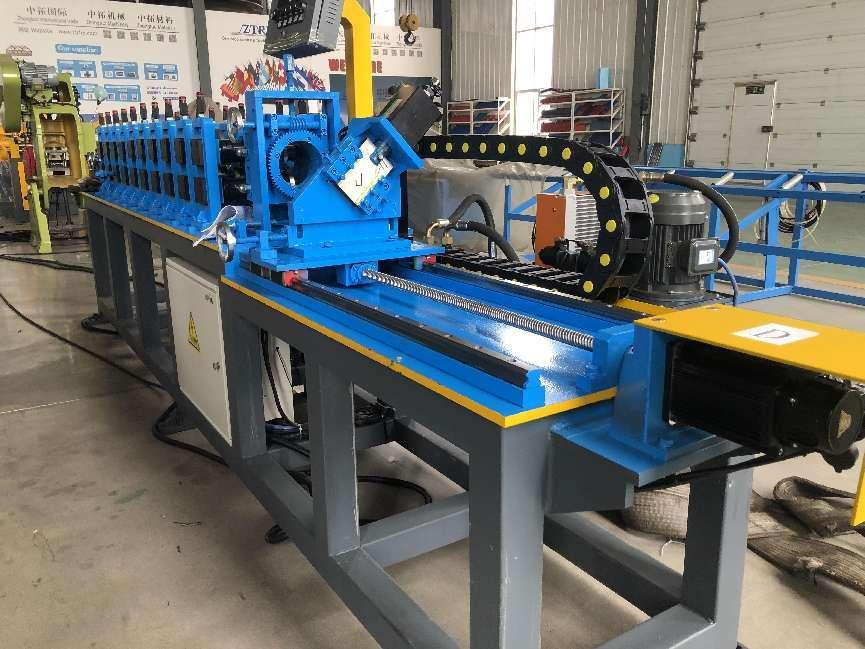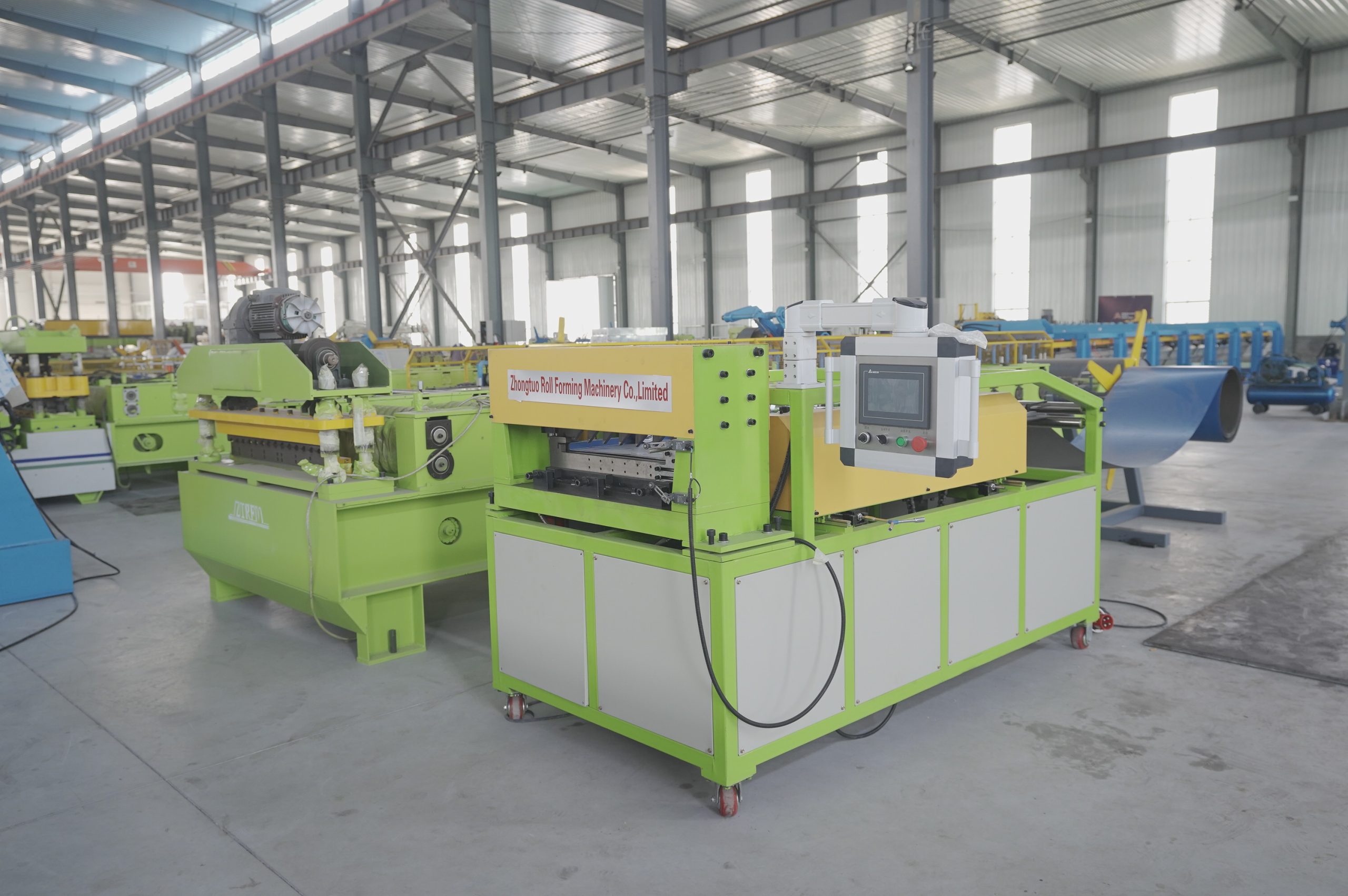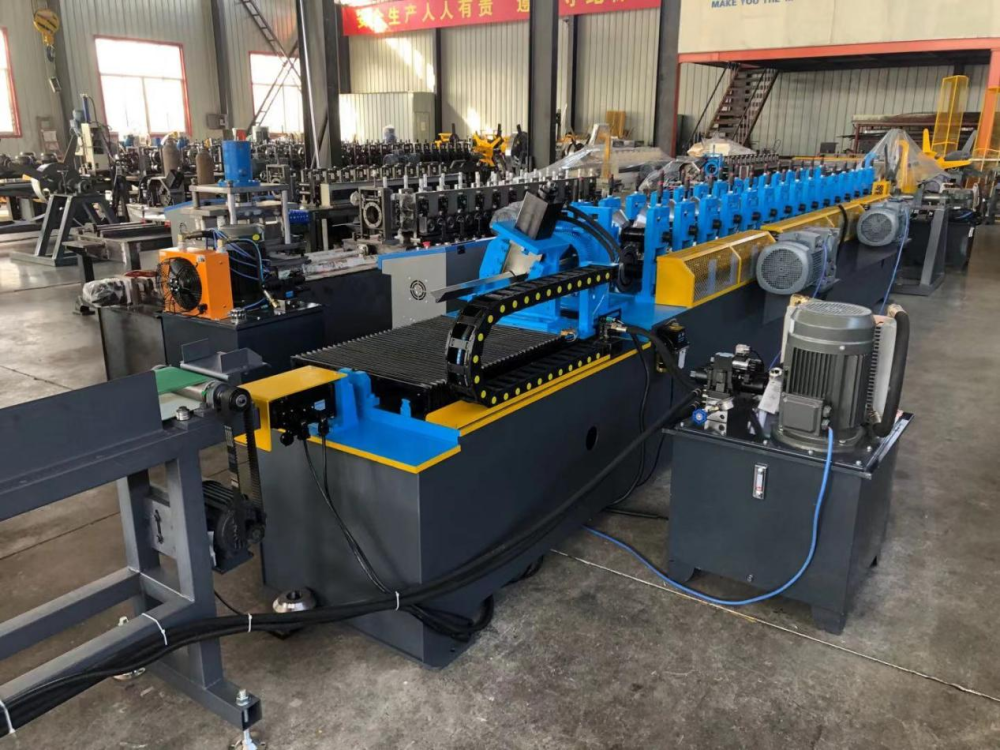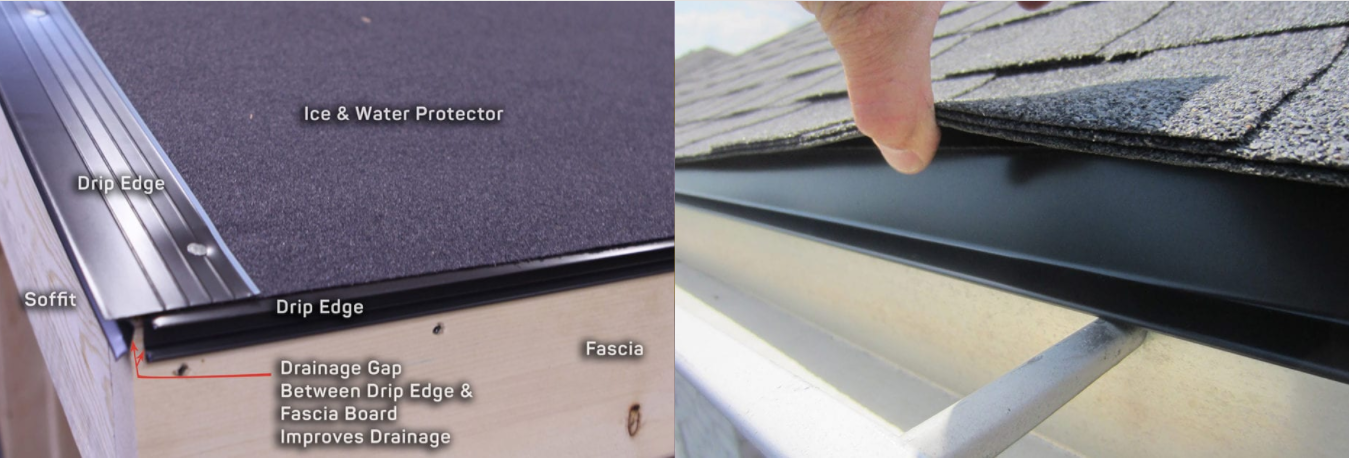Drip edges are metal sheets, usually shaped like an “L,” installed at the edge of the roof. Also called drip edge flashing or D-metal, they serve a vital function by directing water away from the fascia and into the gutter. Without a drip edge, water may end up beneath the shingles and may cause damage to various parts of the home. Though your home may not have originally had a drip edge installed, drip edges are now required by most building codes across North America to protect homes from damage.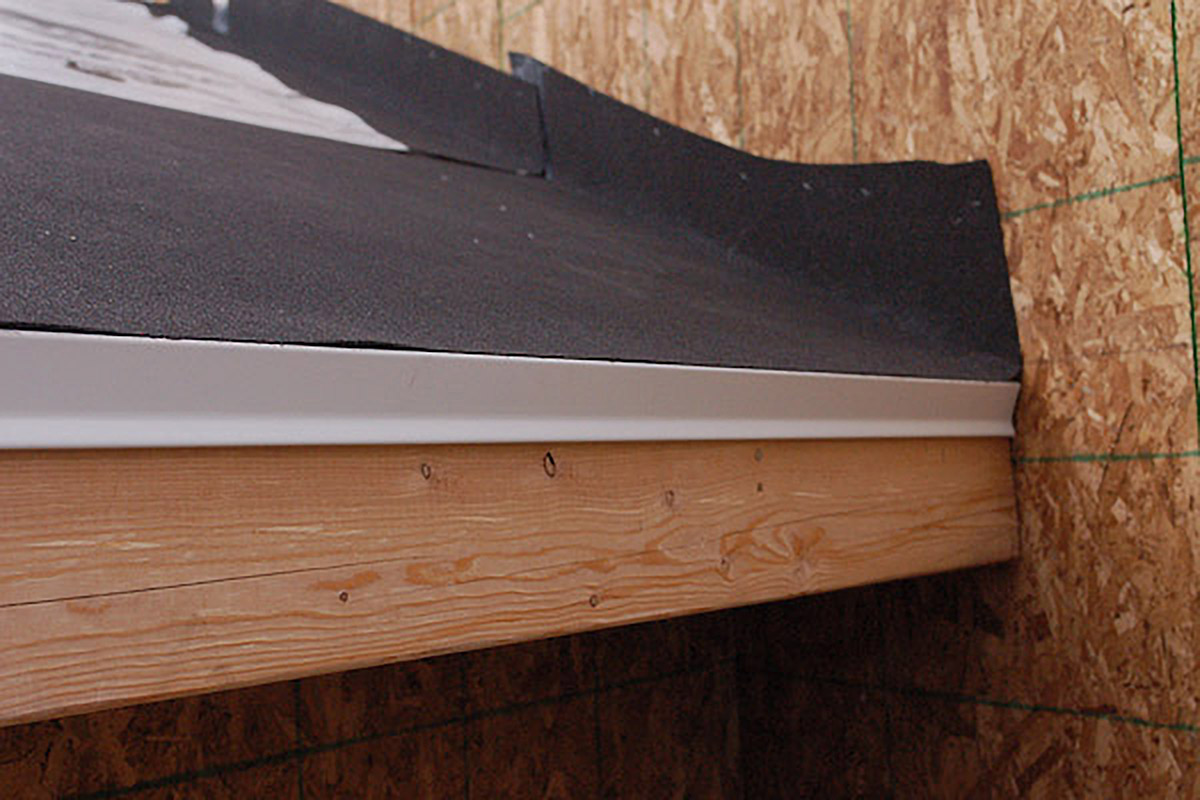
What’s the Purpose of Roof Drip Edges?
Drip edges have two key purposes:
- Direct water away from fascia:Due to cohesion, surface tension and other forces, water droplets tend to stick to one another and to the surfaces they are on, albeit slightly. A drip edge is designed to take advantage of those forces and, along with gravity, direct water into the gutter. If the home has no gutter, the drip edge will prevent the water from running down the fascia and onto or into the soffit cavity. However, without the drip edge, the water sticks to shingles, potentially working its way under the shingles to cause a leak. For example, water may cling to the fascia, which may cause rot, or, in severe conditions, a leak into the home.
- Protect from wind-driven rain:When conditions are serious, the wind pushes water around on a roof. Shingles, along with underlayments and ice and water protector, keep wind-driven rain from harming the roof’s deck. However, on the edges, the drip edge must compete with the wind. Wind can easily push the water upwards before gravity pulls the water down. The drip edge needs to hang significantly off the edge of the roof and has two to four inches of lower flange to combat this. And, of course, without any drip edge at all, wind‐driven rain could compromise the roof.

